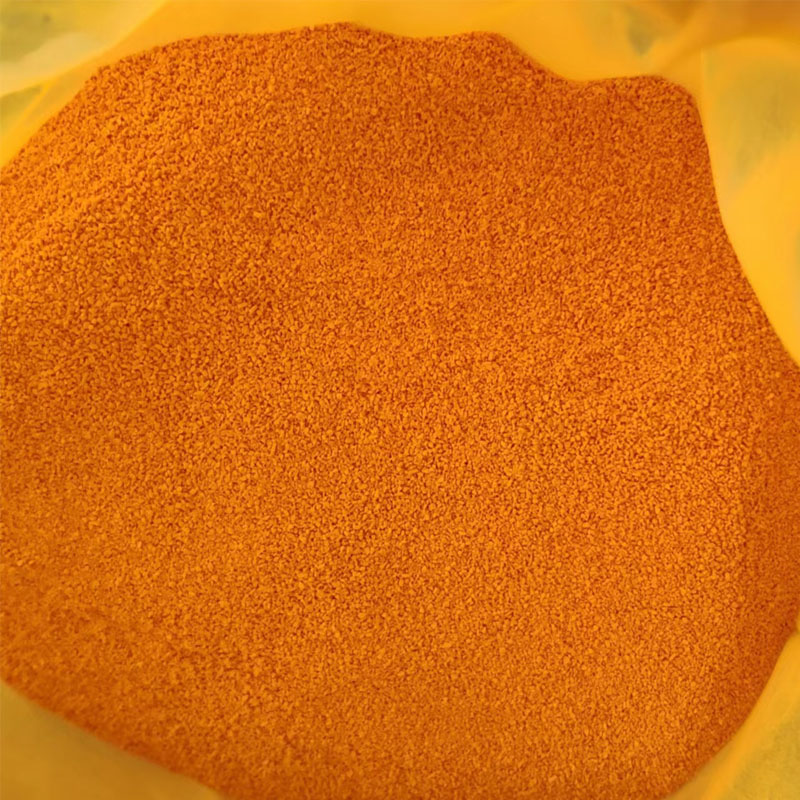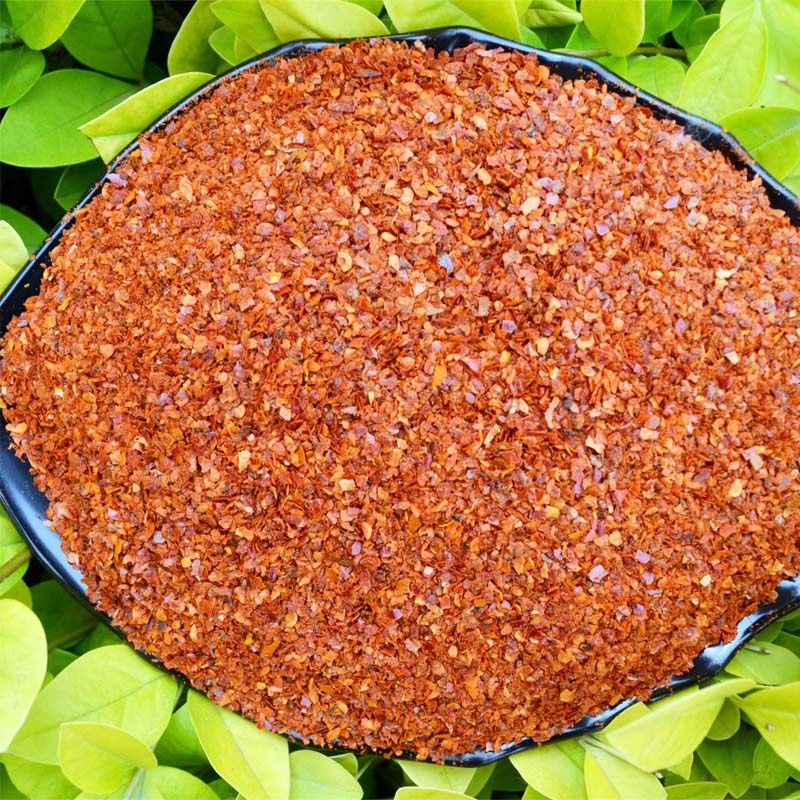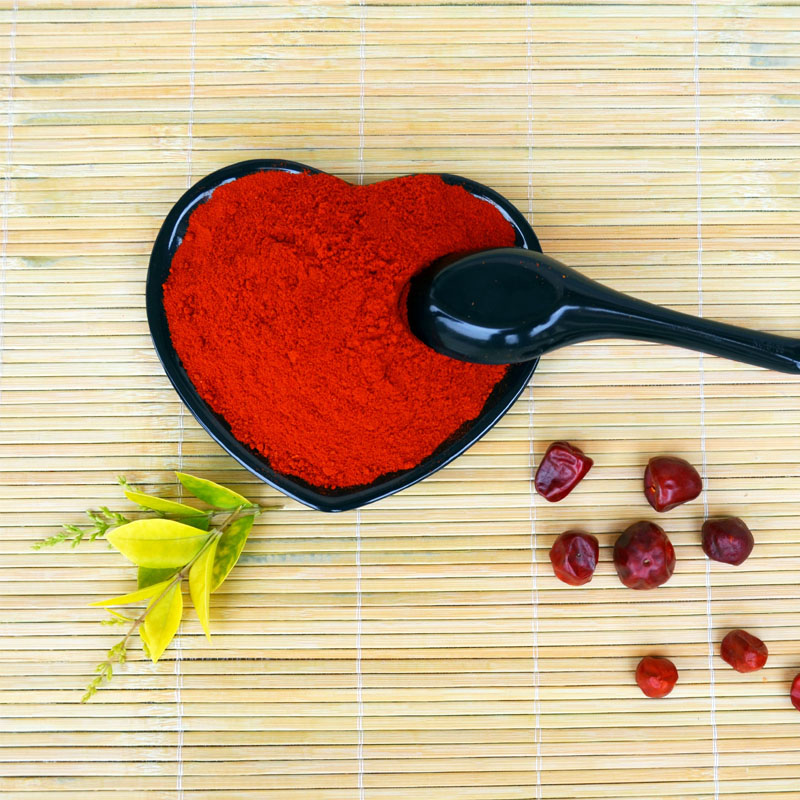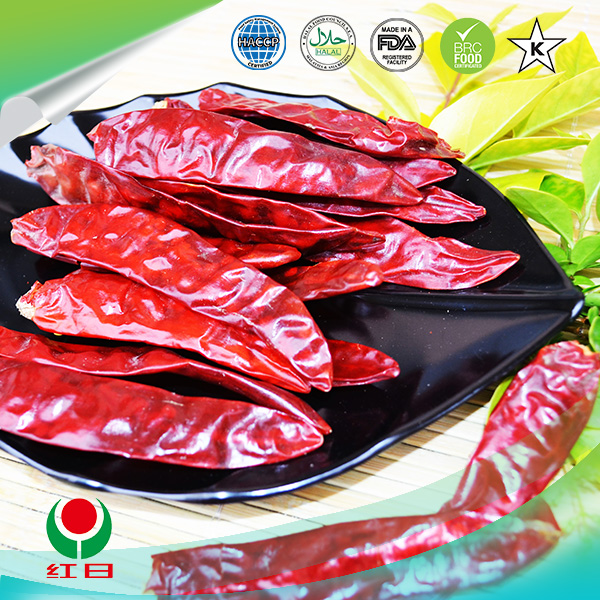- No. 268 Xianghe Street, Economic Development Zone of Xingtai city, Hebei 054001 China
- Byron@hbhongri.cn
capsicum and paprika
The Culinary and Nutritional Delight of Capsicum and Paprika
Capsicum, a genus of flowering plants belonging to the nightshade family, is renowned for its diverse varieties of peppers, including bell peppers, jalapeños, and the iconic chili peppers. Among its many derivatives, paprika stands out as a beloved spice that adds color, flavor, and nutrition to a wide array of culinary dishes. This article explores the fascinating world of capsicum and paprika, delving into their nutritional benefits, culinary uses, and cultural significance.
One of the primary reasons capsicum (bell peppers and chili peppers) is celebrated in the culinary world is its versatility. Capsicum varieties can be enjoyed in various forms—raw, roasted, grilled, sautéed, or pickled. The sweet flavor of bell peppers makes them a staple in salads, stir-fries, and as a vibrant topping on pizzas. On the other hand, hotter varieties like jalapeños and habaneros provide the heat that elevates dishes such as salsas, sauces, and marinades. The wide range of heat levels and flavors available ensures that chefs and home cooks alike can find a capsicum variety that suits their taste preferences.
Paprika, made from dried and ground capsicum peppers, is an essential spice in many cuisines, particularly in Hungarian, Spanish, and Portuguese cooking. The flavor profile of paprika can range from sweet and mildly spicy to hot and smoky, depending on the variety of capsicum used. Sweet paprika is commonly used to enhance the color and richness of dishes without adding heat, making it a favorite in stews and soups. Smoked paprika, on the other hand, imparts a deep, smoky flavor that is perfect for barbecued meats or roasted vegetables, adding an extra dimension to the culinary experience.
capsicum and paprika

In addition to their delightful flavors, capsicum and paprika are packed with health benefits. These peppers are rich in vitamins A and C, both of which are crucial for maintaining healthy skin, vision, and immune function. Vitamin A, primarily derived from beta-carotene present in red and yellow capsicum, is vital for eye health and can help reduce the risk of age-related macular degeneration. Meanwhile, vitamin C is an antioxidant that supports immune health and promotes collagen production for skin elasticity.
Moreover, capsicum contains capsaicin, the compound responsible for the heat in spicy peppers. Capsaicin has been studied for its potential health benefits, including pain relief and weight management. It may help boost metabolism, supporting weight loss efforts when integrated into a balanced diet. The consumption of capsicum-rich foods has also been linked to improved heart health, as they may help lower cholesterol levels and blood pressure.
Culturally, capsicum and paprika hold significant importance in various traditions. In Hungary, paprika is not just a spice but a national symbol. Hungarian goulash, a robust stew, relies heavily on the unique flavor of paprika to create its signature taste. It is said that no Hungarian kitchen is complete without a jar of paprika. In Spain, pimento peppers are celebrated in dishes such as patatas bravas, where they are paired with a spicy sauce that showcases the pepper's vibrant flavor.
In conclusion, capsicum and paprika are more than just colorful additions to our plates. They encapsulate a rich culinary history, offer numerous health benefits, and feature prominently in diverse cultural practices around the world. Whether you enjoy the crunch of a fresh bell pepper, the heat of a chili, or the vibrant seasoning of paprika in your favorite dishes, incorporating these peppers into your diet is a delicious way to embrace the flavors and health benefits they offer. As we explore the culinary landscape, the versatility and importance of capsicum and paprika remind us of the joys found in vibrant, flavorful food.
-
Turmeric Rhizome Powder: A Golden Treasure from Roots to TableNewsJul.28,2025
-
The Versatile Application Of Crushed Red Hot Peppers: Lighting Up The Red Flames On The Dining TableNewsJul.28,2025
-
The Paprika: A Touch Of Vibrant Red In Color, Flavor, And CultureNewsJul.28,2025
-
Ground Turmeric: A Modern Examination of an Ancient SpiceNewsJul.28,2025
-
Capsicum Liquid Extract: Features, Applications, and ChallengesNewsJul.28,2025
-
Application of Capsicum Liquid Extract in FoodNewsJul.28,2025







